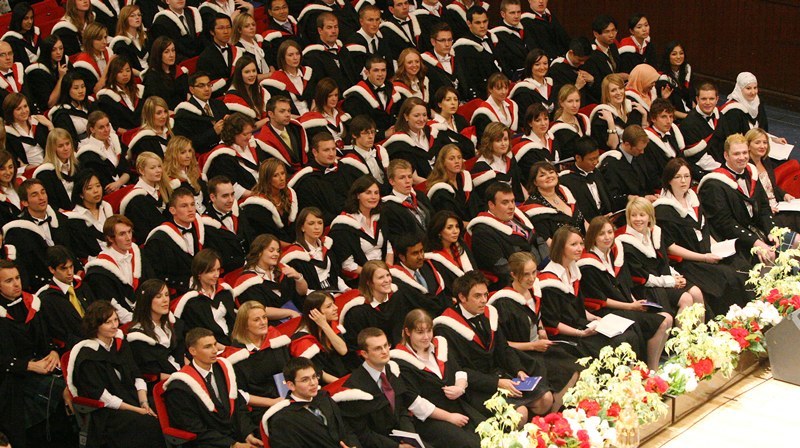The Scottish economy could suffer long-term damage unless the future of higher education funding is resolved, a Tayside business leader has warned.
Alan Mitchell, chief executive of Dundee and Angus Chamber of Commerce, said he supported a graduate contribution being introduced to allow Scottish universities to remain competitive. His call comes after student leaders at Dundee and Abertay universities criticised a proposal from Universities Scotland that could see students having to pay back as much as £13,000 after graduation.
The Scottish Government has put out a discussion paper on higher education funding but no decisions will be taken until after the Scottish Parliament election. Mr Mitchell said the chamber wanted to see a “speedy decision” made.
“The chamber has submitted a response to the consultation and has said that the only viable option is for the Scottish Government to maintain primary responsibility for funding but with some additional graduate contribution,” he said.
“It is absolutely vital that funding levels for Scottish institutions remains broadly comparable with their English counterparts, or the sector’s long-established reputation for excellence will be at risk and its ability to compete for the best talent will be undermined.
“Unless the Scottish Government is prepared to offer higher education the same commitment to maintain spending levels that it appears to be willing to offer the NHS, then overall funding for the sector will inevitably fall unless graduates are required to make a financial contribution.”
Mr Mitchell said the chamber believed that £3000 per term was the minimum contribution that should be sought from students. That is roughly comparable with what students in England pay now, although fees at many universities there are set to rise to as much as £9000.
At that level, the chief executive said, universities should be able to remain competitive, provided that a graduate contribution was allied with “high levels” of public funding.
“But, of course, the less direct support the Scottish Government provides, the bigger the contribution required from students,” he added.
Mr Mitchell noted that ministers had suggested that more efficiency savings by the universities and more support from the business community could assist in meeting funding needs.
“We think it is wholly unrealistic to expect either of them to plug the massive spending gap that is set to emerge over the next four years,” he said.
Meanwhile leading think tank the Institute for Public Policy Research has said that tens of thousands of genuine international students are at risk of being turned away from British universities and colleges in pursuit of an “artificial” target for cutting immigration.
Associate director Sarah Mulley said, “In the run-up to the announcement of severe cuts in international student numbers the government has made much of abuse of the student visa system. It is absolutely right to clamp down on this everybody agrees with that.
“But emphasising this issue now is something of a smokescreen, because the best evidence suggests that the vast majority of international students come here legitimately and most stay for only a short time.”
